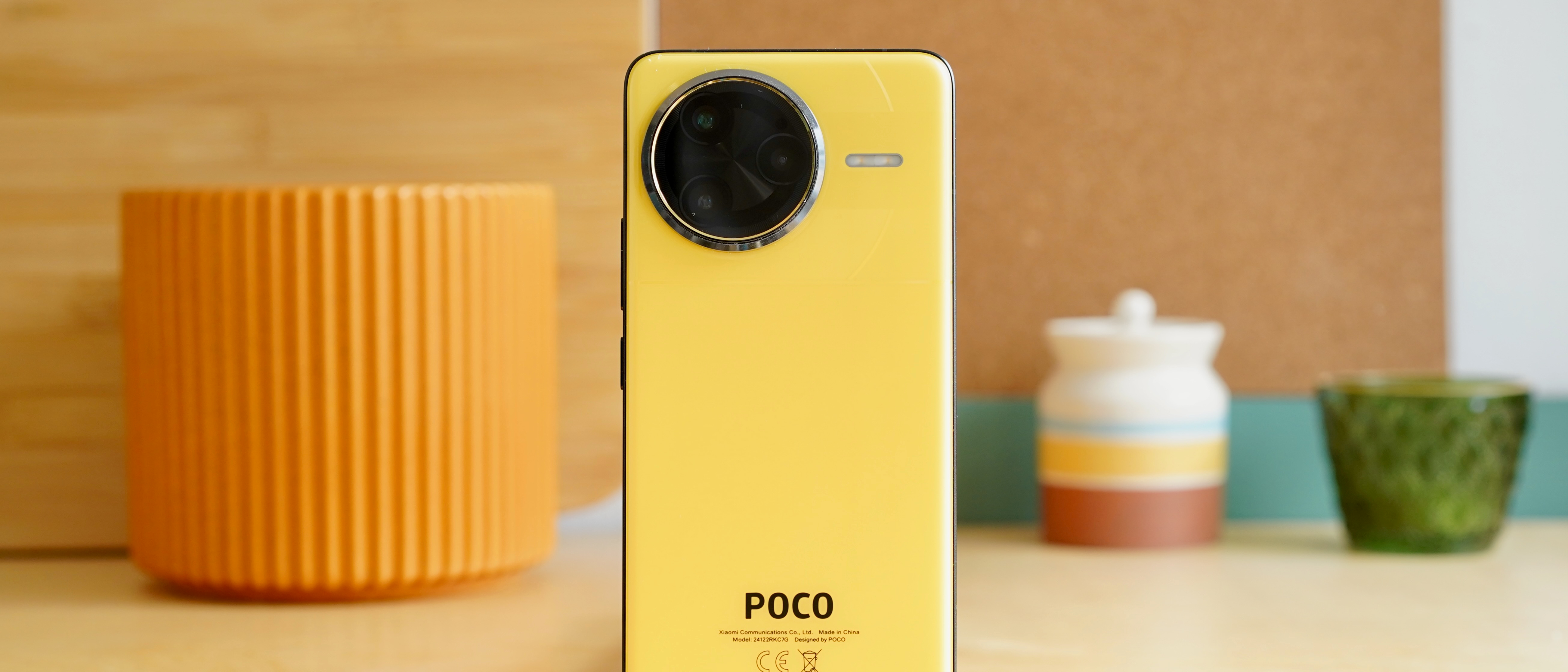TechRadar Verdict
The Xiaomi Poco F7 Ultra achieves what it sets out to do by offering top-level performance at a price well south of most flagship models. There are other phones out there that achieve broadly similar results with greater refinement – especially in the camera and software departments – but for raw power on a lower budget, the Poco F7 Ultra gets the job done.
Pros
- +
Excellent performance
- +
Strong battery life
- +
Rapid charging
Cons
- -
Congested, frustrating software
- -
Middling camera quality
- -
No charger in box in UK
Why you can trust TechRadar
Poco F7 Ultra: Two-minute review
The Poco sub-brand has always been Xiaomi's way of offering great performance at an accessible price point. Would a more expensive 'Ultra' model even make sense?
We can categorically answer that question now that the Poco F7 Ultra is here. It's the first time Poco has introduced the U-word into its branding, and as you'd expect, it's brought out some big guns for the occasion.
At the heart of it all is the same Snapdragon 8 Elite chipset that powers some of the biggest and best phones on the market, which is here backed by the VisionBoost D7 graphics chip – the first of its kind in a Poco phone. The combined results aren't quite the fastest we've ever seen, but they're certainly right up there in the mix.
Not everything in the package is quite so competitive with the top tier. Given the elevated circles the Poco brand is now moving in, its design feels somewhat brash and heavy. It feels robust, though, and there's no arguing with the phone's flagship-level IP68 dust and water resistance.
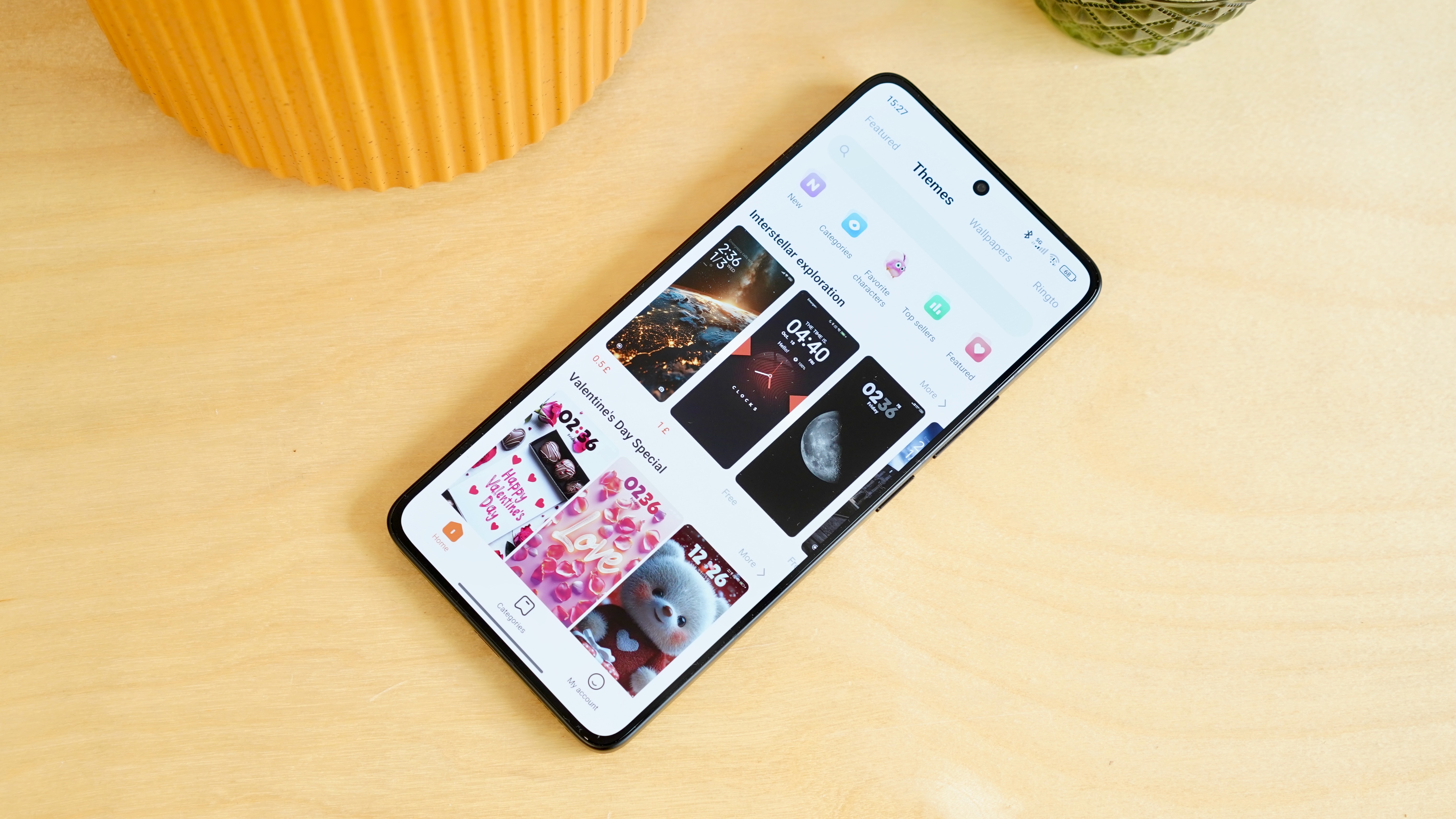
Nor is there any disputing the effect that the Poco X7 Ultra's 5,300mAh battery has on stamina. This is a phone that will last two days of moderate usage without issue. Charging speeds continue to put the Galaxy S25 Ultra and Pixel 9 Pro XL to shame, too, with 120W HyperCharge and 50W wireless HyperCharge support, though there's no charger in the box here in the UK.
The camera set-up is unlikely to scare any of the flagship brigade. It's a well-balanced affair with a 50MP main and 32MP ultra-wide, while the provision of a dedicated 50MP 2.5x telephoto camera in particular is a welcome first for the brand. However, the overall image quality is still competing with the mid-range crowd – solid, rather than downright impressive.
Xiaomi's HyperOS software continues to be filed in the negative column. It's fluid and stable enough, but it's also overstuffed with pointless apps and heavy-handed services. This continues to be a weak point for even the best Xiaomi phones.
It all amounts to the fastest and best-specced Poco phone that we've ever seen, and a solid pick for those after high performance at a cut price. However, the presence of the Nubia Z70 Ultra means that it's not exactly unique in what it's offering, and there are more elegant alternatives like the OnePlus 13R and Samsung Galaxy S24 FE out there.
Poco F7 Ultra review: price and availability
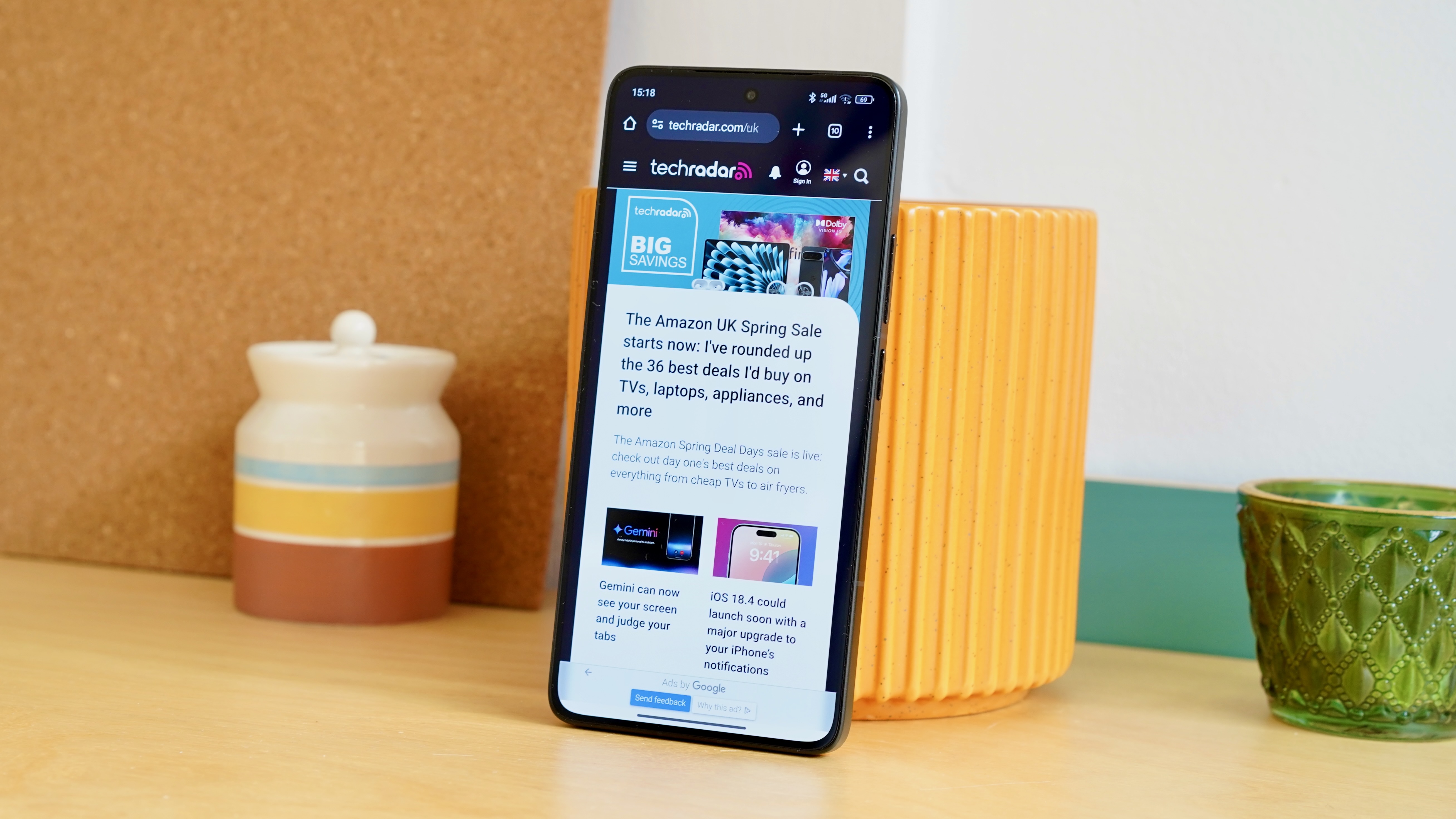
- Released in March 27 2025 for £649 (12GB/256GB model)
- 16GB/512TB model costs £699
- Not available in US
Xiaomi launched the Poco F7 Ultra across Europe and the UK, as well as in Southeast Asia, the Middle East, and Latin America, on March 27, 2025. As with other Xiaomi phones, it won't be launching in the US, nor will it be available in Australia.
In the UK, pricing starts at £649 for the model with 12GB of RAM and 256GB of internal storage. There's also a step-up model with 16GB of RAM and 512GB of storage, which costs £699.
At this price, the Poco X7 Ultra runs up against several other phones seeking to provide a flagship-adjacent experience. Perhaps the most comparable package comes from the Nubia Z70 Ultra, with its similar performance, larger battery, and more advanced camera set-up for the same asking price.
The OnePlus 13R is also comparable in terms of price and positioning, though it uses a previous-generation processor. Both of those rivals lack the Poco F7 Ultra's wireless charging, too.
Another phone that can be considered a rival is the Samsung Galaxy S24 FE. It features a more premium-looking design, wireless charging, and a deeper 3x telephoto camera, but also an inferior processor.
- Value score: 4 / 5
Poco F7 Ultra review: specs
| Header Cell - Column 0 | Header Cell - Column 1 |
|---|---|
Dimensions: | 160.26 x 74.95 x 8.39mm |
Weight: | 212g |
Display: | 6.67-inch QHD+ (1440 x 3200) up to 120Hz AMOLED |
Chipset: | Qualcomm Snapdragon 8 Elite |
RAM: | 12GB / 16GB (LPDDR5X) |
Storage: | 256GB / 512GB (UFS 4.1) |
OS: | Android 15 with HyperOS 2 |
Primary camera: | 50MP Light Fusion 800 1/1.55-inch sensor w/ OIS |
Ultra-wide camera: | 32MP sensor |
Telephoto camera | 50MP 1/2.76-inch sensor |
Front Camera: | 32MP sensor |
Battery: | 5,300mAh |
Charging: | 120W wired, 50W wireless |
Colors: | Yellow, Black |
Poco F7 Ultra review: design
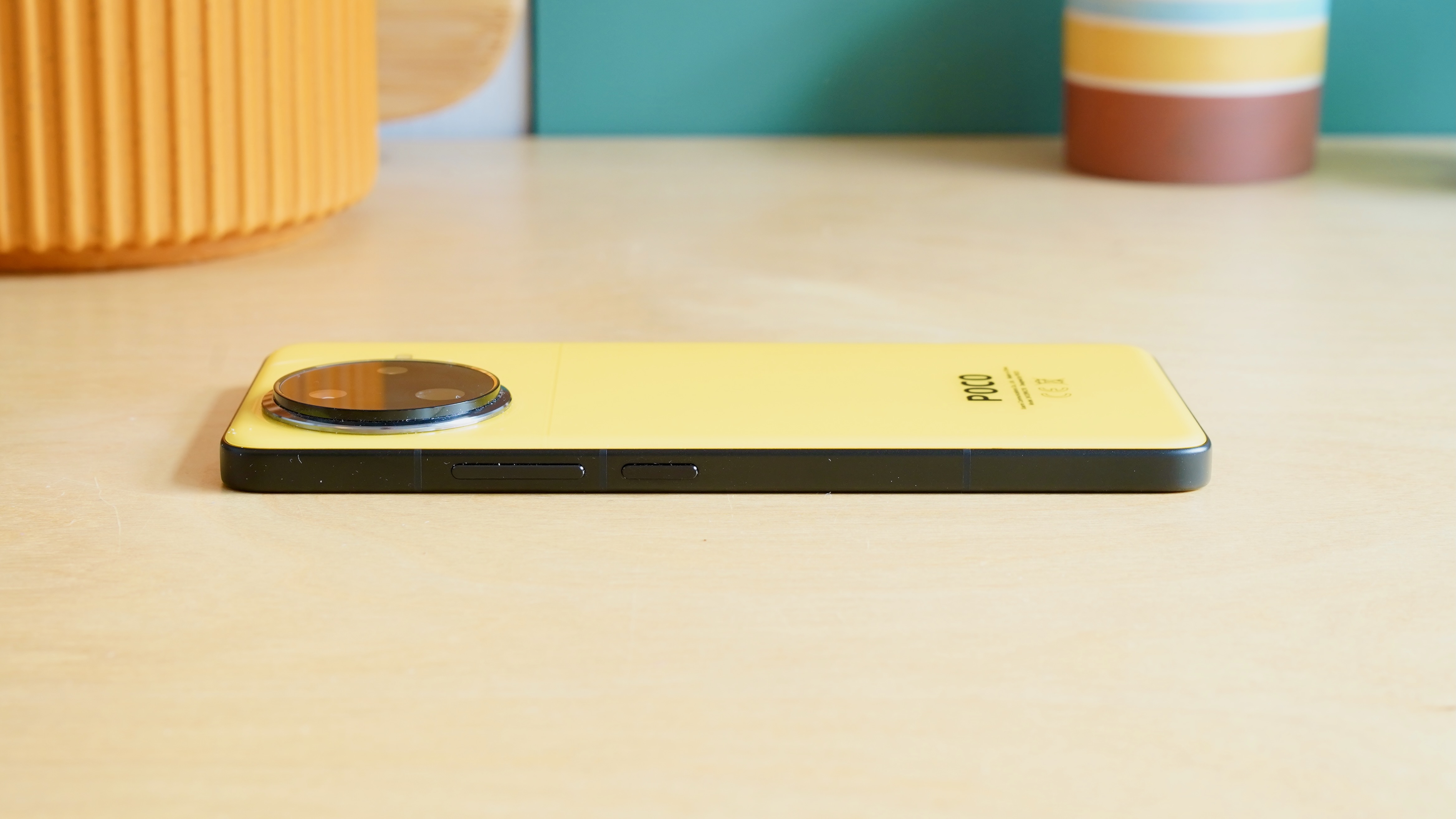
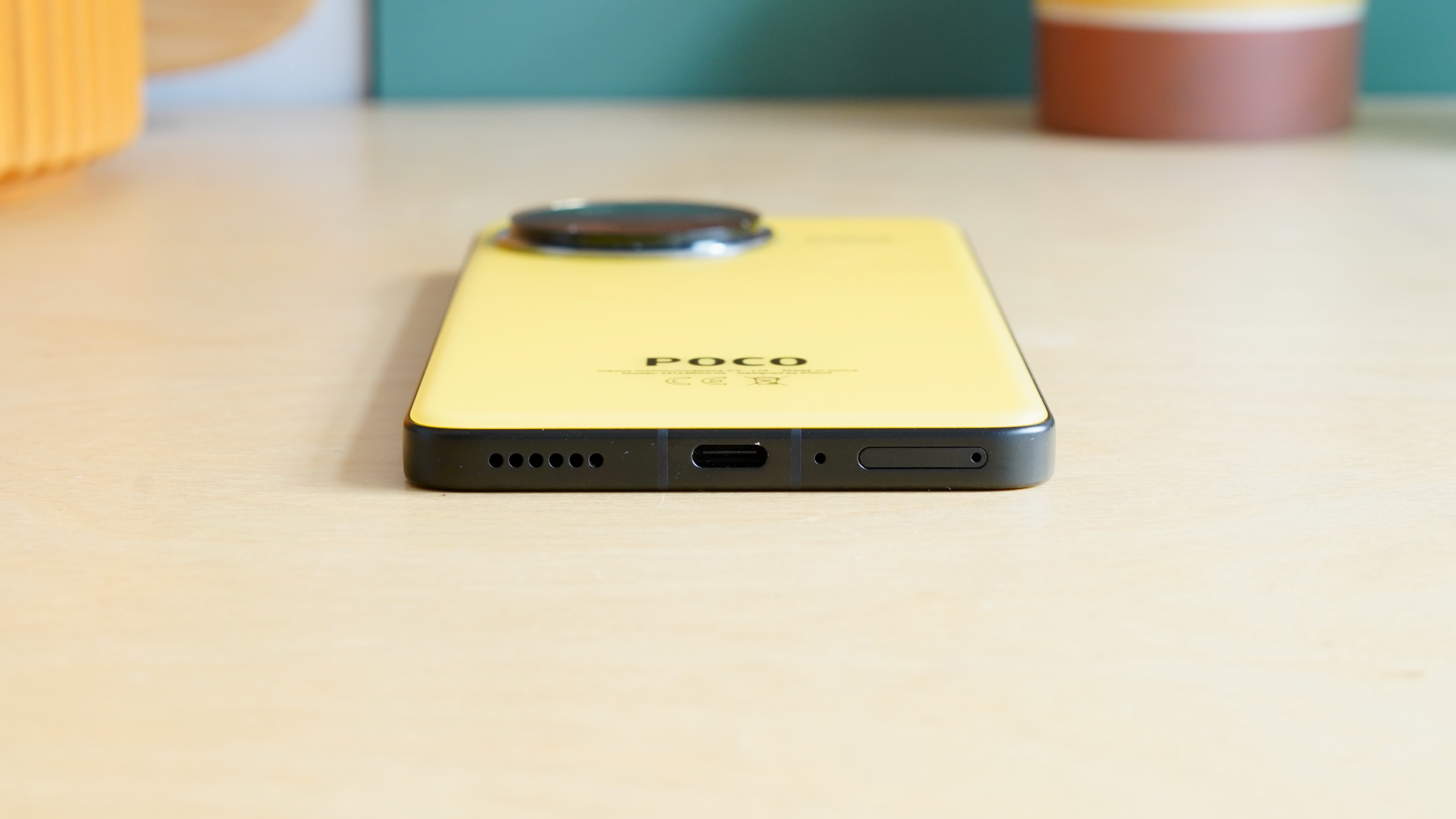
- Flat design, heavy design
- Gaudy yellow or drab black
- Impressive IP68 protection
Xiaomi reckons that the Poco X7 Ultra features a "brand new design", and while it doesn't look particularly fresh within a wider context, it certainly looks different from the Poco F6 series before it.
Indeed, the phone I was most reminded of when handling the Poco X7 Ultra for the first time was the Xiaomi 15. It's got a similar flat black rim, albeit slightly less rounded at the edges. It's obviously much bigger, with a 160.26 x 74.95 x 8.39mm footprint and slightly-too-heavy weight of 212g.
If there's one signature Poco flourish that persists here, it's the bright yellow tone of the rear cover – at least on the model I tested. Like it or loathe it, you can't deny that it stands out, especially when it's set against the deep blackness of the frame.
Xiaomi has changed up the look of the Poco camera module, too, though that's never been a consistent motif like it is with Google's Pixel family. Here, it's a single raised circle containing the three cameras, and offset to one side. The black surround again pops nicely against that mellow yellow tone.
Build quality has definitely taken a step up from previous Poco F-series phones, and Xiaomi has even been able to introduce a flagship-level IP68 certification. It's as dust and water-resistant as any iPhone or Samsung Galaxy S device you care to mention.
Yellow color aside (it also comes in a more sedate black), this is a less in-your-face design than the Nubia Z70 Ultra, though it isn't as chic or refined as the OnePlus 13R or the Samsung Galaxy S24 FE.
- Design score: 3.5 / 5
Poco F7 Ultra review: display
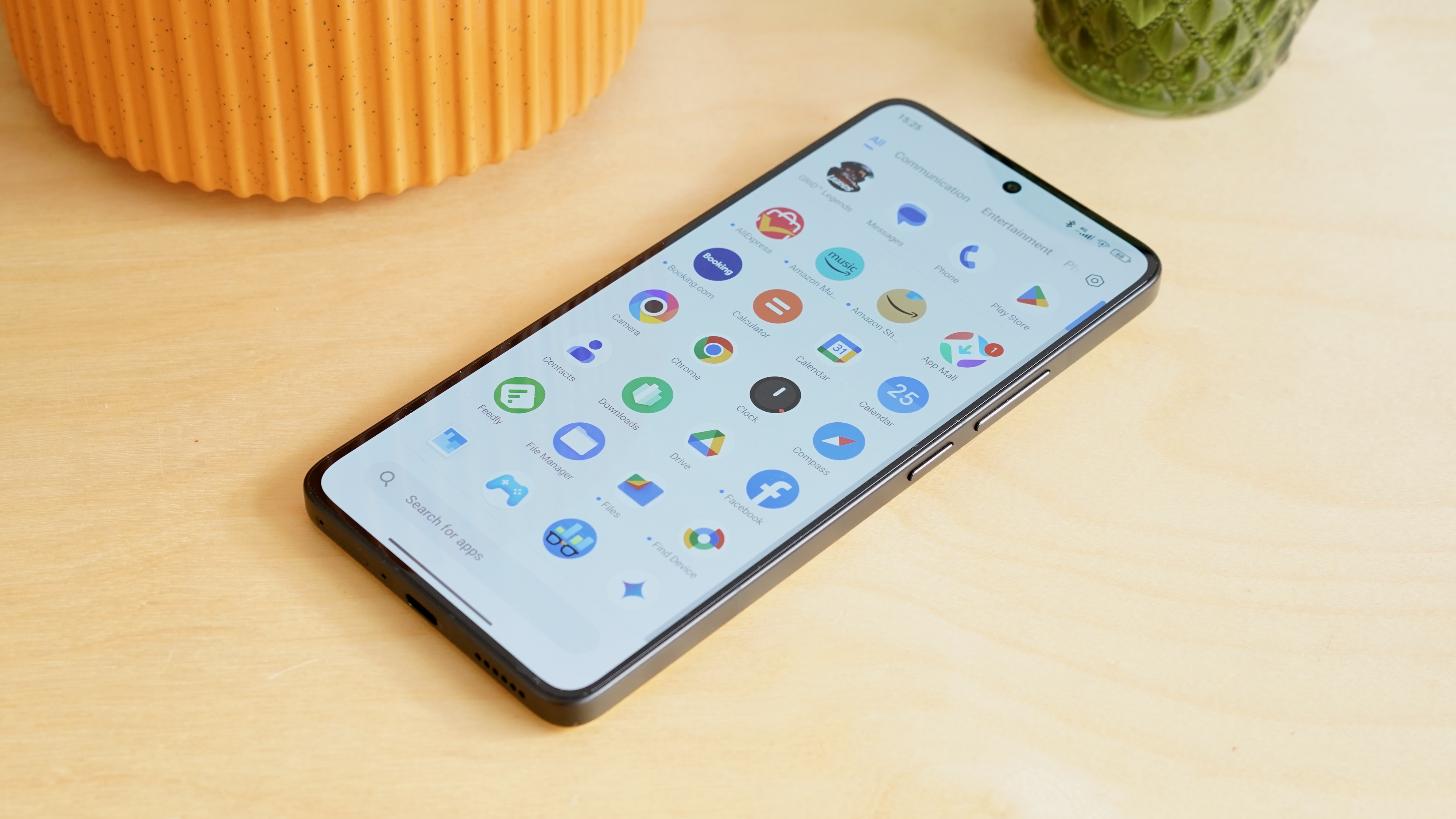
- Familiar 6.67-inch display (3200 x 1440) with 120Hz refresh rate
- Sufficiently bright at 3200 nits peak, 1800 nits HBM
- Natural colours
Poco phones often tend to come with big, well-balanced displays, and the Poco F7 Ultra continues the good work.
Not that there's much in the way of advancement over the Poco F6 Pro's screen. This is another 6.67-inch AMOLED with a pin-sharp QHD+ resolution, though you'll need to activate this yourself in the settings menu, which is annoying.
The stated 3200-nit peak brightness here is actually lower than that of the 4000-nit Poco F6 Pro. This applies to a limited portion of the screen during HDR playback scenarios, however. When the sun's out and high brightness mode (HBM) kicks in, the Poco F7 Ultra's screen will get up to 1800 nits, which is a considerable improvement from 1200 nits in the F6 Pro.
The maximum refresh rate for the Poco F7 Ultra screen is 120Hz, which is practically industry-standard by this point (your move, Apple). You can stretch this further to 144Hz if you opt for the Nubia Z70 Ultra, but that's straying into 'diminishing returns' territory.
This is no LTPO panel, which means that it won't scale right the way down to 1Hz like the flagship phones Xiaomi is emulating. It is possible to secure yourself such an efficient display for this kind of money, but you'll need to go with the OnePlus 13R instead.
The display is coated with what Xiaomi calls "Poco Shield Glass" rather than the usual off-the-shelf Gorilla Glass solution. Apparently, this is the toughest screen protection ever on a Poco device, which implies that it's more robust than the Corning Gorilla Glass 7i used on the Poco F7 Pro, at least.
While it isn't head and shoulders above previous Poco F-series phones, it's hard to fault the Poco F7 Ultra's display. It's nicely sized, pin-sharp, and well calibrated.
- Display score: 4 / 5
Poco F7 Ultra review: cameras
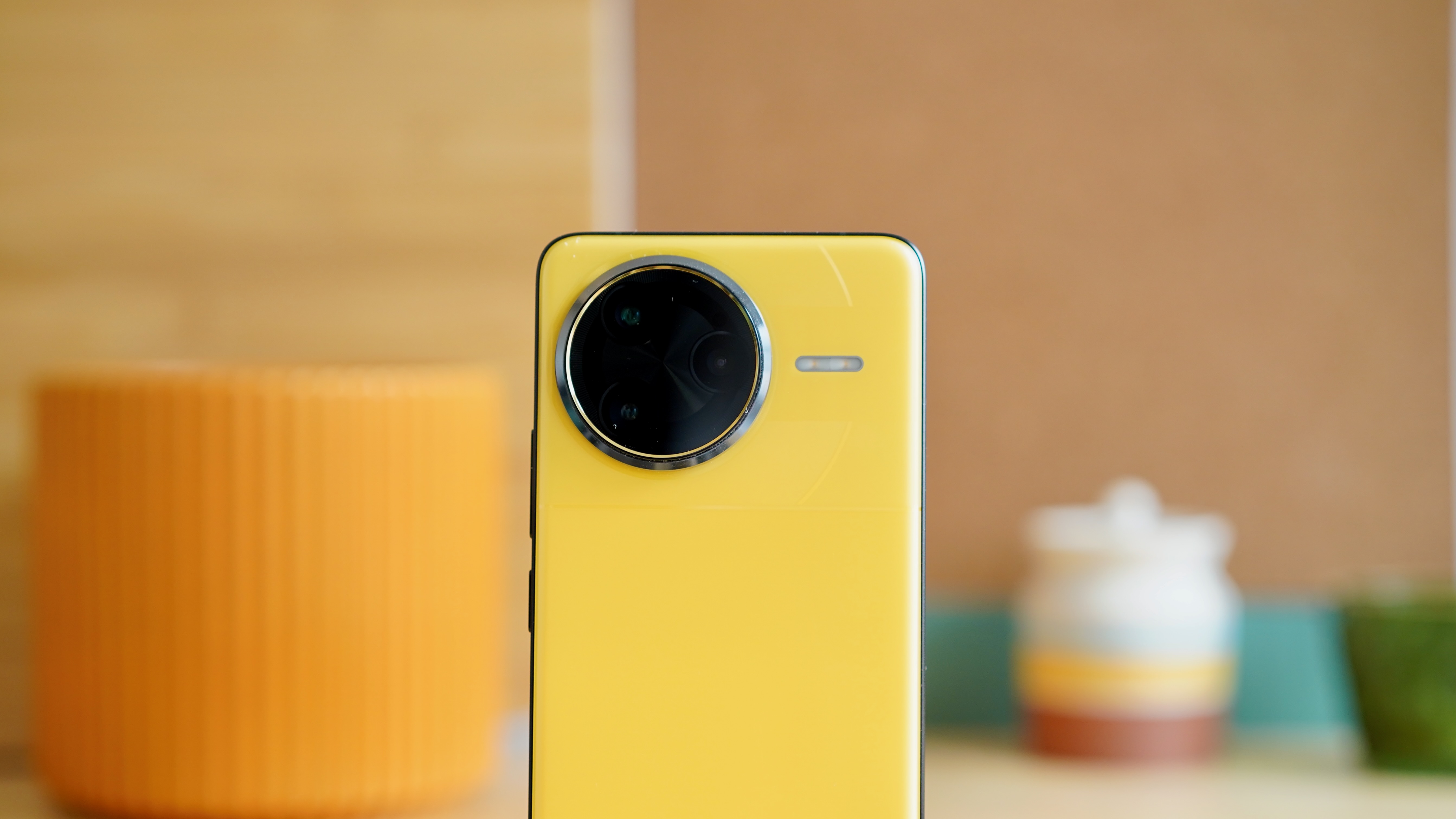
- Competent shots from 50MP main and 32MP ultra-wide
- Rare dedicated 2.5x telephoto
- Adequate 32MP selfie camera
Xiaomi must have had to tread a fine line with the Poco F7 Ultra's camera setup. As the sub-brand's first-ever Ultra phone, it needed to be a visible step up from previous models, without adding hugely to the bill of materials.
The solution is a smartly calculated one, though it doesn't produce the knock-out pictures you might be expecting given the specifications.
On a basic level, Xiaomi has managed to cram in a solid triple-camera system, complete with a dedicated 50MP telephoto camera. That latter inclusion is a big one for the Poco range, as is the inclusion of a sharper 32MP ultra-wide.
It's with these secondary cameras that the Ultra bump can be felt. Shooting 2.5x and even 5x snaps with this floating telephoto lens feels good, and the results are pretty pleasant for the most part.
The 32MP ultra-wide, too, isn't a total write-off, as is so often the case with cheaper Poco phones. It still represents a step down in sharpness, and the tone is altogether more washed out, but the results are still perfectly shareable.
Where Xiaomi has made the real savings is with its main camera: the Poco F7 Ultra uses exactly the same 50MP 1/1.55-inch Light Fusion 800 sensor as last year's Poco F6 Pro.
Unsurprisingly, it produces broadly similar shots to before – that is, perfectly adequate, reasonably detailed shots with rich (but not excessive) colours and balanced highlights. The presence of superior image processing power likely means an overall boost here, though I didn't have the Poco F6 Pro to hand for a direct comparison.
However, this main camera didn't stand out from a 2024-era £500 smartphone crowd. I also took the Poco F7 Ultra out shooting with a number of current £400 to £500 options, and it didn't stand out from the pack.
You can bet your bottom dollar that it's relatively unremarkable going up against a refined 2025-era £650 smartphone crowd. In that category are strong runners like the Samsung Galaxy S24 FE and OnePlus 13R, while the Nubia Z70 Ultra goes even bigger with its variable aperture main camera and 64MP 3.3x telephoto.
Night photography isn't bad at all, with that meaty processor combining with a solid image sensor and OIS to boost brightness and capture a decent amount of detail. Again, these are decent mid-range results rather than flagship results, but still.
There's also a 32MP camera around front, which does a reasonable job with selfies. It can struggle with highlights, and detail isn't anything to write home about, but colors and skin tones feel natural. It does quite well with selfie portraits, too, with the subject popping against a nicely blurred background.
- Camera score: 3 / 5
Poco F7 Ultra review: camera samples






























Poco F7 Ultra review: performance
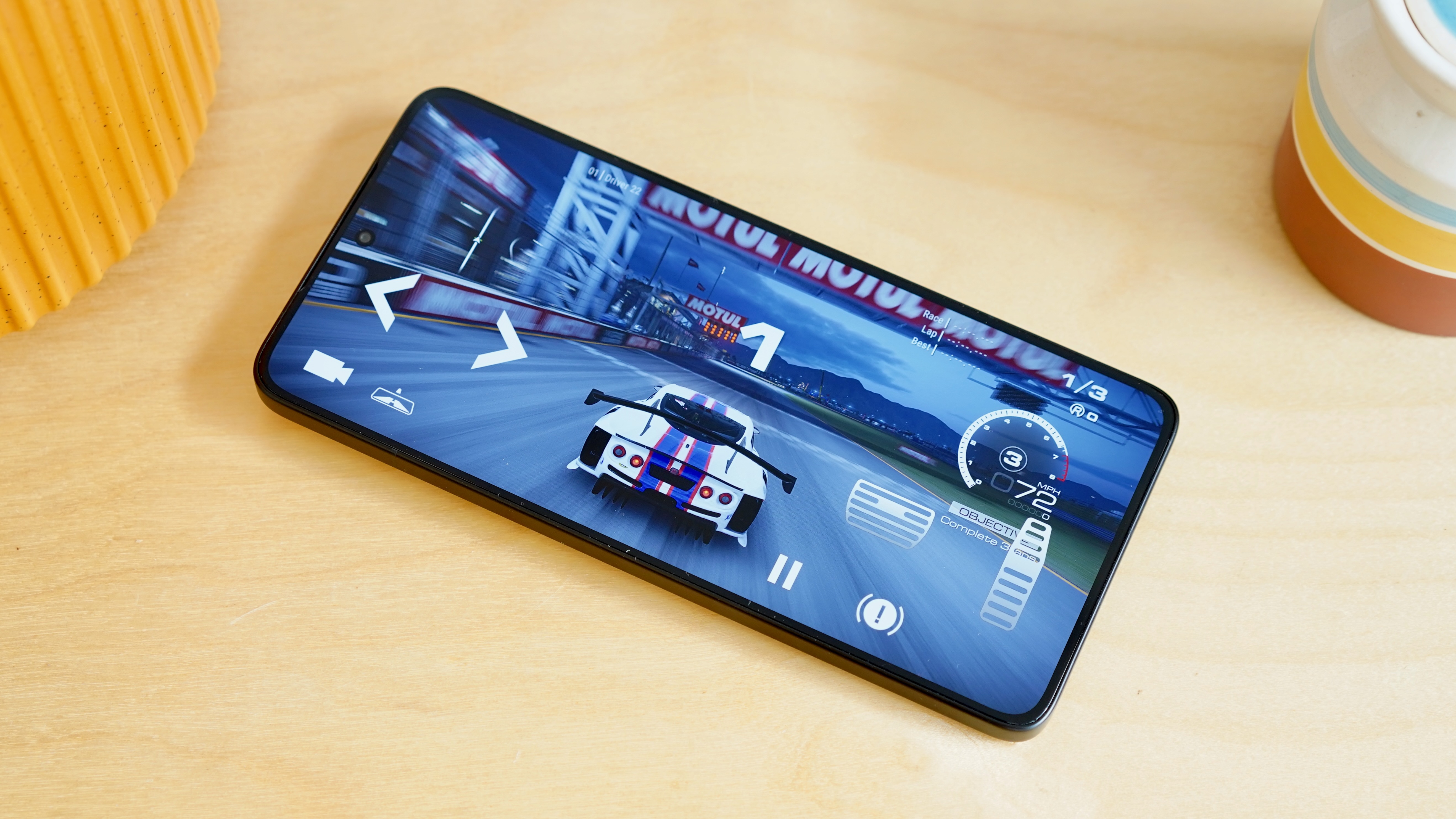
- Snapdragon 8 Elite provides excellent performance
- Generous 12 or 16GB RAM
- Ample 256GB or 512GB storage
The one defining element of the whole Poco F7 Ultra package, and the very thing that justifies that 'Ultra' name, is its level of performance.
With Qualcomm's Snapdragon 8 Elite onboard, and a custom VisionBoost D7 chip helping out with graphical tasks, this phone is ostensibly capable of mixing it with the Xiaomi 15 Ultras and Samsung Galaxy S25 Ultras of the world. Those are phones that sell for literally double the price.
In the event, the Poco F7 Ultra doesn't appear to be quite up there among the very fastest phones that I've used. Average Geekbench 6 scores of 2323 single-core and 8171 multi-core fall short of the Asus ROG Phone 9 Pro by 37% and 24%, respectively.
That latter phone goes all out on gaming performance, of course, with a price to match. However, even a direct rival like the Nubia Z70 Ultra beats the Poco F7 Ultra comfortably with scores of 2922 and 9066.
It's a similar case when running the Poco F7 Ultra through GFXBench GPU benchmark tests, where a fellow Snapdragon 8 Elite phone like the Samsung Galaxy S25 Plus comfortably outperforms the Poco.
Of course, benchmark tests don't tell anything like the full story. The latest smartphones don't always play nicely with such artificial tests, particularly when it comes to measuring the capabilities of the GPU.
What matters far more is practical performance, and on that front, I have no complaints whatsoever. The Poco F7 Ultra ran faultlessly in day-to-day tasks, while modern 3D console racer GRID Legends played smoothly with the optional high-quality textures installed.
This is all doubtless aided by the fact that the top model I'm testing contains 16GB of RAM, though even the entry model comes with 12GB. That's the same amount as the Samsung Galaxy S25 Ultra.
On the storage front, you have the choice of either 256GB or 512GB. The phone is certainly not under-equipped, though a 128GB entry model for £599 would have been compelling.
- Performance score: 4.5 / 5
Poco F7 Ultra review: software
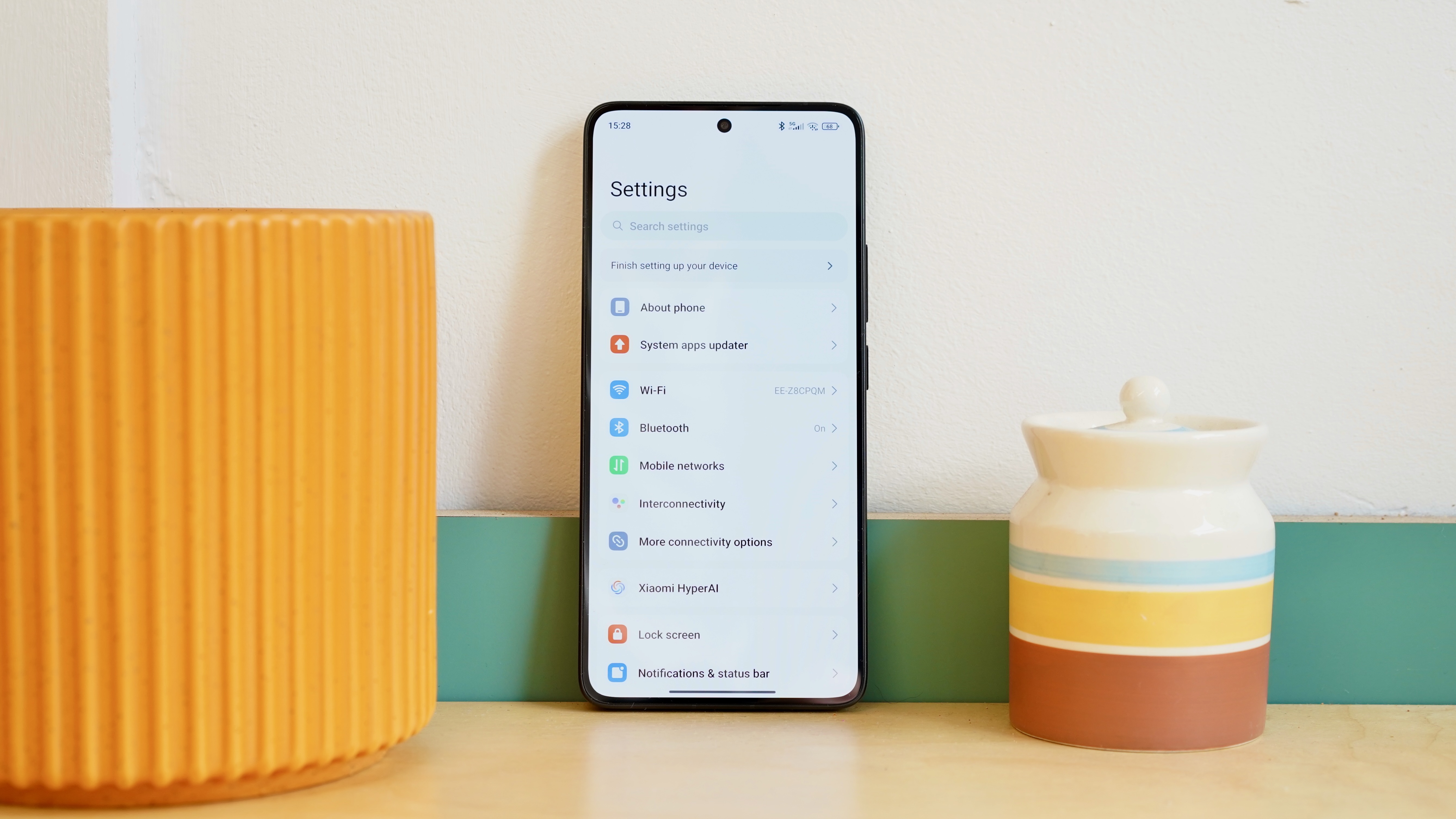
- Excessive bloatware
- 4 years of OS updates and 6 of security patches
- Clumsy AI integration
Software is the one element that doesn't really vary all that much between Xiaomi's many phones and sub-brands. Consistency can be a good thing, but here it results in my least favorite aspect of the Poco F7 Ultra.
HyperOS 2 sits on top of Android 15 in much the same shape as on the Xiaomi 15 Ultra, albeit with a nominal Poco Launcher front of house. With the same sort of horsepower underpinning it, the UI moves along at a similarly rapid clip. It's a well-optimised interface from a purely technical perspective.
However, this remains a busy, overstuffed UI. Even Samsung's One UI 7, with its multiple home-brewed apps, feels refreshingly modern and lightweight next to this.
Part of the problem here is bloatware. There's a System Apps folder filled with the usual facilities: Calendar, Notes, Clock, Music, and the like. This is an understandable provision, even if Google would technically have all of these things covered if Xiaomi let them.
Another shoutout to Mi Remote, which utilizes the Poco's built-in IR blaster to control your hi-fi or TV. It's a niche provision, but one that I've always appreciated.
But then there's a second folder filled with third-party apps such as TikTok, LinkedIn, AliExpress, and Booking.com. You also get a secondary Mi Store app with access to additional Xiaomi gear, and a Theme store for access to thousands of additional wallpapers and icon packs.

The latter could be seen as a unique selling point, but it too suffers from profound bloat. When attempting to simply change your home screen wallpaper, it confronts you with a massive catalogue of options – a few good, some awful, many requiring additional payment. It's exhausting.
Cut through the clutter, and HyperOS is a perfectly functional Android-based UI. It's extremely customizable, and judicious software pruning will go some way to overcoming those initial points of contention. But even then, you'll have Xiaomi's slightly clumsy icons and menus to contend with.
Xiaomi is offering four OS upgrades and six years of security patches for the Poco F7 Ultra. That's not bad, but it falls well short of the best offerings from Google, Samsung, and even Honor.
Xiaomi has hopped on board the artificial intelligence hype train, with a selection of AI-boosted apps and services. There's AI writing (proofread or summarize text), AI image editing (tweak photos and erase elements in the Gallery app), AI video subtitling and translation, an AI system search feature, and more.
Few of these tools are as effective or tightly integrated as Google's or even Samsung's implementation of AI. When I first went to edit a photo using AI tools, for example, I found myself diving deep into the Gallery app settings and manually installing the relevant AI plug-in.
On the plus side, Google's Circle to Search is present, while Gemini is stashed under a long press of the power button. Those things aren't unique to the Poco F7 Ultra, of course.
- Software score: 3 / 5
Poco F7 Ultra review: battery life
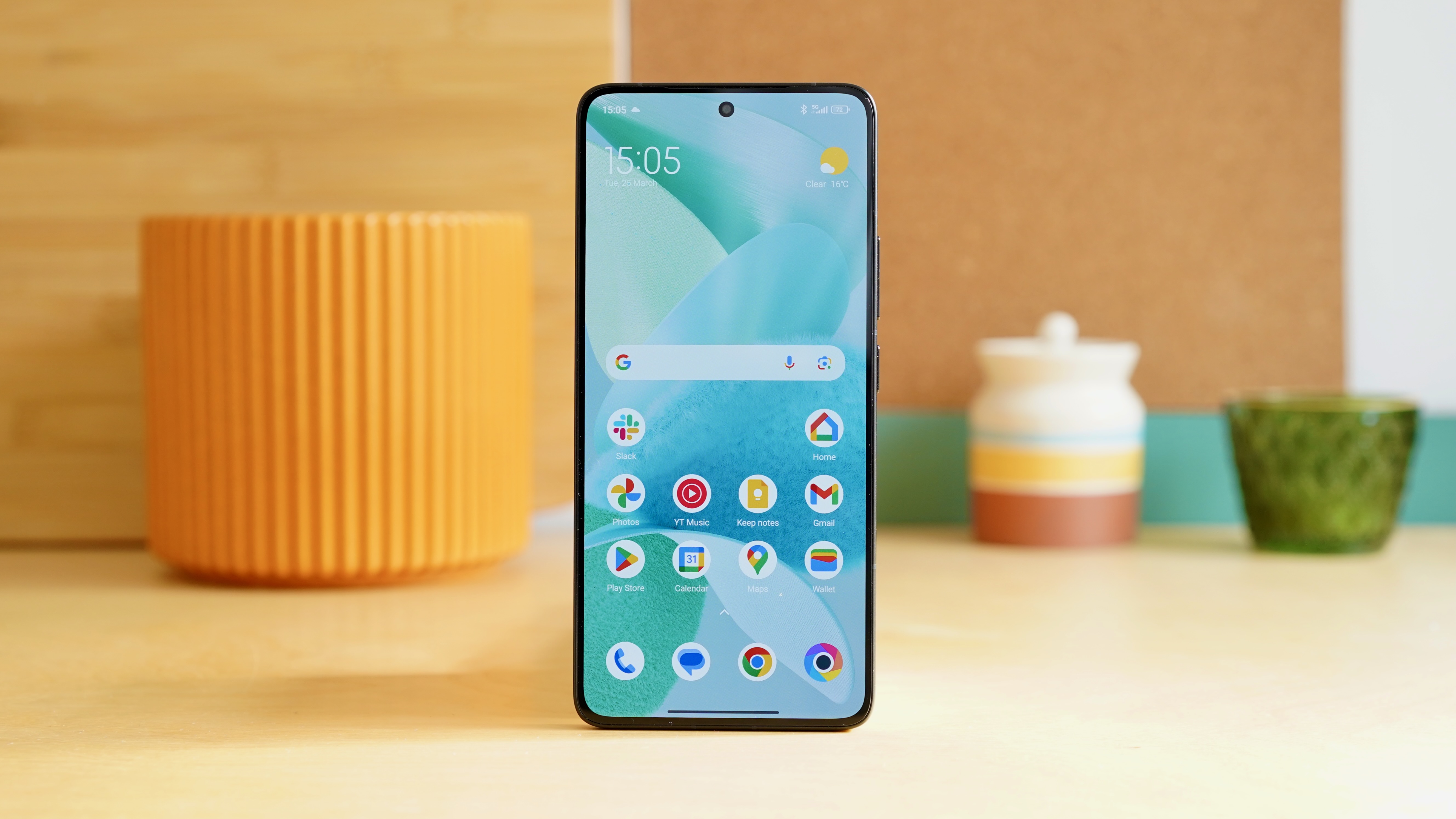
- Large 5,300mAh battery
- Up to 120W wired charging, 50W wireless
- No charger included after early bird deals
Xiaomi has matched the Poco X7 Ultra's mighty performance with an equally mighty battery. While a 5,300mAh battery falls short of the OnePlus 13R and the Nubia Z70 Ultra (both of which hit 6,000mAh and beyond), it's still larger than most.
The result is blissfully dependable stamina. After a full day of moderate usage, with around 4 hours of screen-on time, I would be left with more than 50%, indicating that the Poco would have been able to stretch through a second day.
When it comes time to recharge, the Poco X7 Ultra supports Xiaomi's speedy 120W HyperCharge standard. That's potentially better than all of its rivals, including the OnePlus 13R, the Nubia Z70 Ultra, and the Samsung Galaxy S24 FE. Indeed, it's better than most full-on flagship phones.
You might have picked up on the word 'potentially' there, and that's because Xiaomi no longer supplies its chargers in the box here in the UK. Those signing up for a Poco F7 Ultra around launch will get a free charger if they're quick, but after that, you'll need to buy one separately.
Fortunately, I did have a 120W HyperCharge brick to hand, and the Poco X7 Ultra went from empty to 52% in just 15 minutes. A full charge took just over 30 minutes, which is incredibly brisk.
- Battery score: 4.5 / 5
Should I buy the Poco F7 Ultra?
Attributes | Notes | Rating |
|---|---|---|
Design | Bold and garish in yellow, somewhat bland in black; the Poco F7 Ultra is big and heavy yet well built. | 3.5 / 5 |
Display | Xiaomi's dependably well-calibrated 6.67-inch AMOLED returns, with a sharp QHD+ resolution and a decent top brightness of 1800 nits (HBM). | 4 / 5 |
Performance | With the Snapdragon 8 Elite on board, the Poco F7 Ultra is an excellent performer – though not quite among the very best. | 4.5 / 5 |
Camera | Xiaomi's camera system is reasonably well-balanced, but is just OK on all-round image quality. | 3 / 5 |
Battery | A larger-than-average 5,300mAh battery leads to two-day battery life in regular days, while 120W charging is supported. | 4.5 / 5 |
Software | HyperOS 2 is the weak point of the Poco X7 Ultra, offering a cluttered, bloated UI and messy AI provisions. | 3 / 5 |
Value | At half the price of the Asus ROG Phone 9 Pro, but with similar performance, the Red Magic 10 Pro provides outstanding value for committed gamers. | 5 / 5 |
Buy it if...
You're a mobile gamer on a budget
While not strictly a 'gaming phone', the Poco F7 Ultra will handle all the latest mobile games without issue, and without a massive outlay or a totally obnoxious design.
You're worried about stamina
With a 5,300mAh battery, the Poco F7 Ultra has more juice on tap than most phones.
You want to be able to charge up fast
Not many phones support 120W wired and 50W wireless charging, and even fewer that sell this cheap.
Don't buy it if...
You like your Android stock or stock-ish
If you like Google's clean software, HyperOS 2 will have you hyperventilating at the sheer amount of digital detritus.
You prioritize photography
The Poco F7 Ultra doesn't take bad pictures, but you can get a much better main camera (in particular) for the same or even less money.
You like your phones slim and light
The Poco F7 Ultra is quite thick and quite heavy, and it doesn't exactly disappear in your pocket.
Poco F7 Ultra review: also consider
The Poco F7 Ultra gives you flagship performance on a slightly lower budget, but it's not the only phone to do so.
Nubia Z70 Ultra
Nubia's phone might be bulky, and its UI is arguably even more clumsy, but it matches the Poco for power and has a more advanced camera with a variable aperture and a 3.3x telephoto. We are, however, yet to review the Nubia Z70 Ultra.
OnePlus 13R
The OnePlus 13R isn't as fast as the Poco, thanks to an older Snapdragon 8 Gen 3 chipset, but it's still very capable. It's also more refined, both in terms of its hardware and software.
Read our full OnePlus 13R review
Samsung Galaxy S24 FE
Like the OnePlus 13R, Samsung's phone takes a step back on performance (without being in any way slow) and a step forward in refinement, including a better camera and software.
Read our full Samsung Galaxy S24 FE review
How I tested the Poco F7 Ultra
- Review test period = 1 month
- Testing included = Everyday usage for a portion of the test period, including web browsing, social media, photography, video calling, gaming, streaming video, music playback
- Tools used = Geekbench 6, GFXBench, native Android stats, 120W Xiaomi power adapter
First reviewed: March 2025

Jon is a freelance journalist who has been covering tech since the dawn of the smartphone era. Besides TechRadar, his words and pictures have appeared in The Telegraph, ShortList, Tech Advisor, Trusted Reviews, Expert Reviews, and more. He largely covers consumer technology, with a particular focus on smartphones and tablets. However, he's also been known to dabble in the worlds of entertainment and video games.
You must confirm your public display name before commenting
Please logout and then login again, you will then be prompted to enter your display name.
